Moscow has inverted the Cold War playbook. Where once Nato wielded nuclear weapons as a first-use possibility to counter the Soviet Union’s overwhelming conventional superiority in Europe, Russia now deploys them for precisely the same reason: to offset the West’s current conventional advantage.
The recent tests of the Poseidon nuclear-powered torpedo and the Burevestnik cruise missile are not just acts of military innovation—they are sabres to be rattled to control the doomsday escalation metrics.
During the Cold War, the arithmetic was straightforward. The Soviet Union maintained a commanding edge in conventional forces—superior numbers, tank strength, and force concentration across Eastern Europe. Nato, lacking comparable conventional capacity, relied on nuclear weapons as a first-use deterrent to offset this imbalance. The threat of nuclear escalation was the great equaliser, the psychological cudgel that prevented Soviet conventional dominance from translating into territorial conquest.
That dynamic has been inverted. Today, Russia confronts a far more technologically advanced adversary with superior conventional capabilities. The US and Nato possess precision weaponry, force projection, advanced surveillance, and integrated air defence that dwarf Russian conventional strength. The Poseidon and Burevestnik address that imbalance and compensate for the widening gap between Russia’s conventional forces and those of the West.
The Poseidon, a submarine-launched nuclear-powered underwater drone, is 25 metres long with a diameter of 1.5 to 2 metres. According to Russian claims, it travels at depths exceeding 1,000 metres, beyond the reach of most anti-submarine weapons. The warhead reportedly yields around 2 megatons, and the weapon’s nuclear propulsion grants it practically unlimited range. In theory, it could traverse the Atlantic undetected and strike American or British coastal cities. The Kremlin presents this as invincible.
Impact Shorts
More ShortsThe Burevestnik tells a similar story. This nuclear-powered cruise missile, which flew 14,000 kilometres in a nearly 15-hour test in October 2025, operates at low altitudes and can theoretically remain airborne for days, circling the globe before striking its target. Its nuclear reactor overcomes the fuel constraints of conventional engines, giving it an unlimited operational radius and the ability to take unpredictable flight paths that confound traditional air defence systems.
Russia has acknowledged first- and short-notice nuclear options implicitly through its revised nuclear doctrine, formally lowering the threshold for nuclear weapons use in November 2024. Use of nuclear weapons by Russia is no longer restricted to existential threats to the state but now encompasses aggression against Russian territory or Belarus with conventional weapons that create a “critical threat” to sovereignty or territorial integrity. This is the language of a state preparing to brandish nuclear weapons not as a last resort, but as an active response, mirroring Nato’s Cold War posture.
Yet there exists a crucial asymmetry that Moscow conveniently ignores. While Russia retains numerical superiority in warheads, the United States and its Nato allies possess far superior missile defence capabilities. American systems, including the Aegis platform equipped with SM-3 interceptors, demonstrated their efficacy in April 2024 when U.S. Navy ships successfully intercepted Iranian ballistic missiles.
Nato’s integrated missile defence system, designed to coordinate sensors, radars, satellites, and interceptors across allied nations, steadily improves. The Poseidon’s much-vaunted stealth and the Burevestnik’s low-altitude evasion tactics operate in a strategic environment fundamentally altered by precision strike technology, real-time intelligence sharing, and networked air defence that Russia cannot easily match.
The true audience for these weapons, however, is not the Pentagon or Nato’s headquarters. It is the ordinary citizen of America, Britain, and the European Union.
Moscow’s nuclear threats serve a political purpose: to convince Western publics that their governments cannot afford to support Ukraine or maintain Nato commitments without risking nuclear annihilation. The message is seductive in its simplicity. Why sacrifice your cities, your children, your civilisation itself for Poland or Ukraine? Why risk the unthinkable for a country thousands of miles away? This is the psychological warfare that Russian nuclear signalling has always sought to achieve—not just military victory.
And here lies Russia’s calculation: these weapons will achieve their intended effect. The strategy relies on the rational actor theorem beloved by Western planners—the assumption that no rational state would exchange the destruction of its own civilisation for marginal geopolitical gains in foreign lands. It is a sound assumption.
The United States will not sacrifice New York or London for Kyiv or Warsaw. Britain will not irradiate Birmingham to defend the Baltics. The European Union will not incinerate Brussels to maintain Nato’s eastern flank. The weapons work, not just because they are strategically superior, but because they exploit a fundamental truth about liberal democracies: they value the lives of their own citizens above abstract principles of international order.
Russia’s current nuclear posture, premised on conventional inferiority and the hope that Western publics will flinch, contains within it a profound danger. Miscalculation of intent could lead to a catastrophic misjudgement from Nato or a preemptive Russian strike.
The Poseidon and Burevestnik represent not Russian strength but its only alternative in the face of conventional limitations. They are symptoms of a conventional military that cannot compete, a defence budget dwarfed by Nato’s combined spending, and armed forces that have struggled against a far less well-equipped adversary in Ukraine. These weapons signal that Moscow’s only remaining tool is the thermonuclear bomb—and that it intends to use the threat of it to reshape geopolitics.
This trajectory reveals an uncomfortable truth that Western strategists have largely avoided confronting. The risk of nuclear escalation has become structurally embedded in the Ukraine conflict. Continued Nato expansion and sustained Western military support steadily compress Russia’s strategic space and raise the probability of sudden nuclear use.
Moscow has signalled repeatedly that it views such expansion as an existential threat. Yet without formal arms control agreements or negotiated buffer zones, this danger does not diminish—it accumulates with each deployment, each artillery shipment, each ratcheting commitment. The absence of agreed-upon red lines transforms nuclear weapons from instruments of deterrence into instruments of desperation.
More troubling still is the paradox that should concern Western defence planners above all others: Russia’s conventional weakness in Ukraine increases rather than decreases the nuclear menace. A military bleeding from sustained losses becomes less calculable, not more.
Cornered powers make dangerous calculations. The Kremlin’s revised nuclear doctrine reflects this logic with chilling clarity: as conventional options narrow, nuclear options broaden. Western strategy must account for this dynamic or risk sleepwalking toward catastrophe.
The path to stability, therefore, lies not in Nato revisionism but in the preservation of the strategic status quo. Nuclear stability requires accepting existing Russian gains, not revising them through eastward expansion.
The Cold War remained “cold” not because one side possessed overwhelming superiority, but because both recognised the boundaries of acceptable competition.
Revisiting Russia’s sphere of influence through missile defence, forward deployment, and Ukrainian Nato membership does not advance Western security; it makes nuclear miscalculation more probable. Another Ukraine-like standoff—frozen, unresolved, and perpetually prone to escalation—could lead to consequences that no rational actor should willingly contemplate.
Prudence dictates negotiation before desperation dictates annihilation.
The writer is a senior journalist with expertise in defence. Views expressed are personal and do not necessarily reflect those of Firstpost.


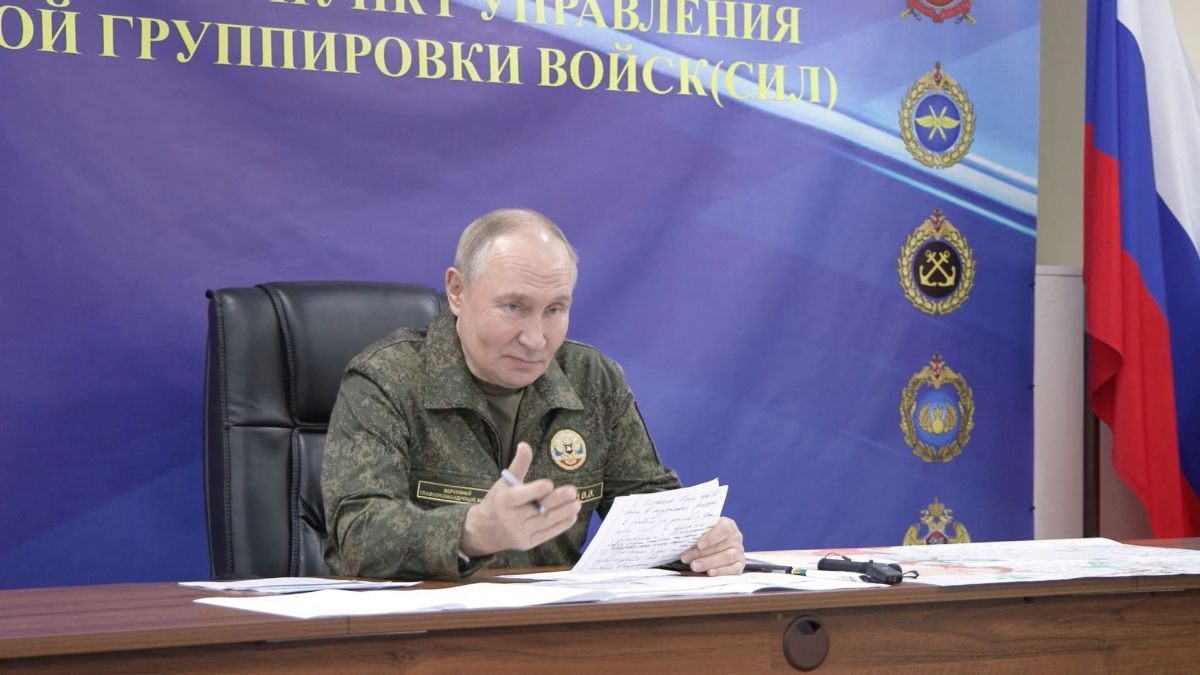)

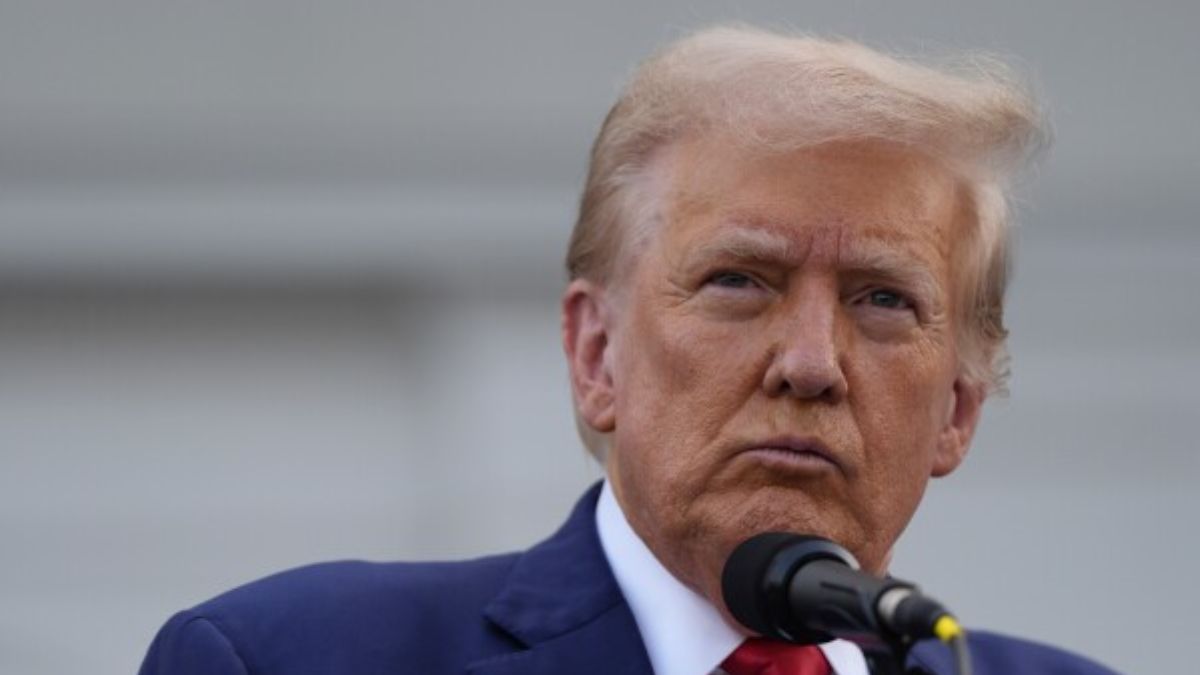)
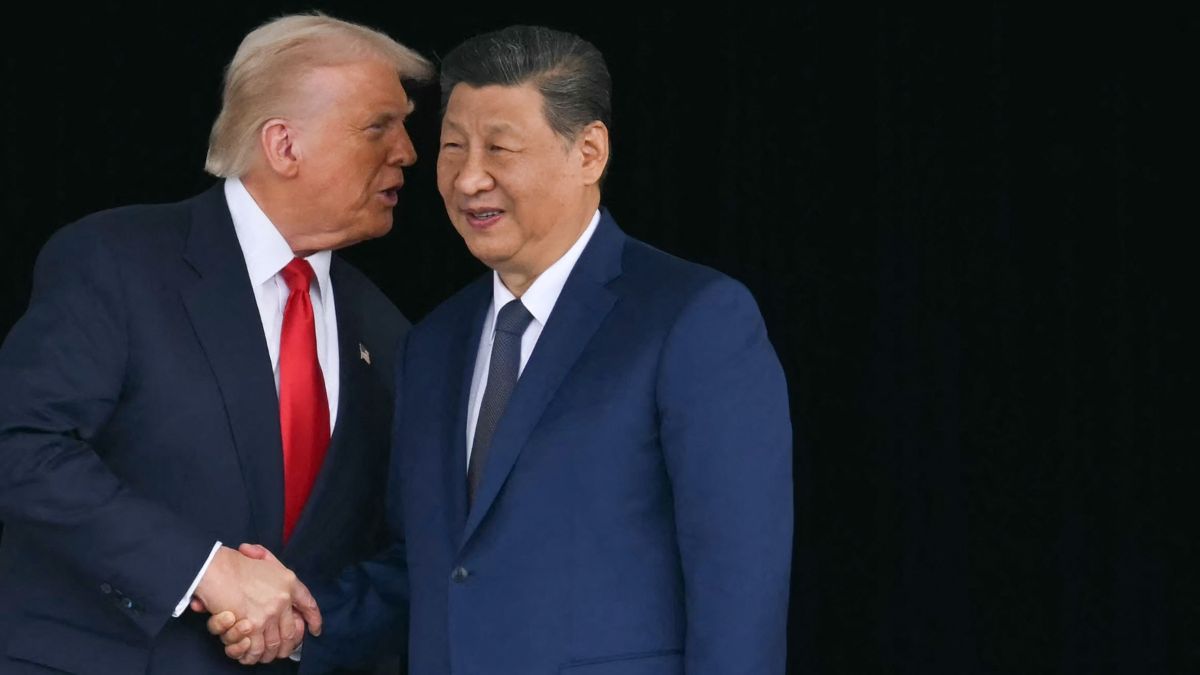)
)
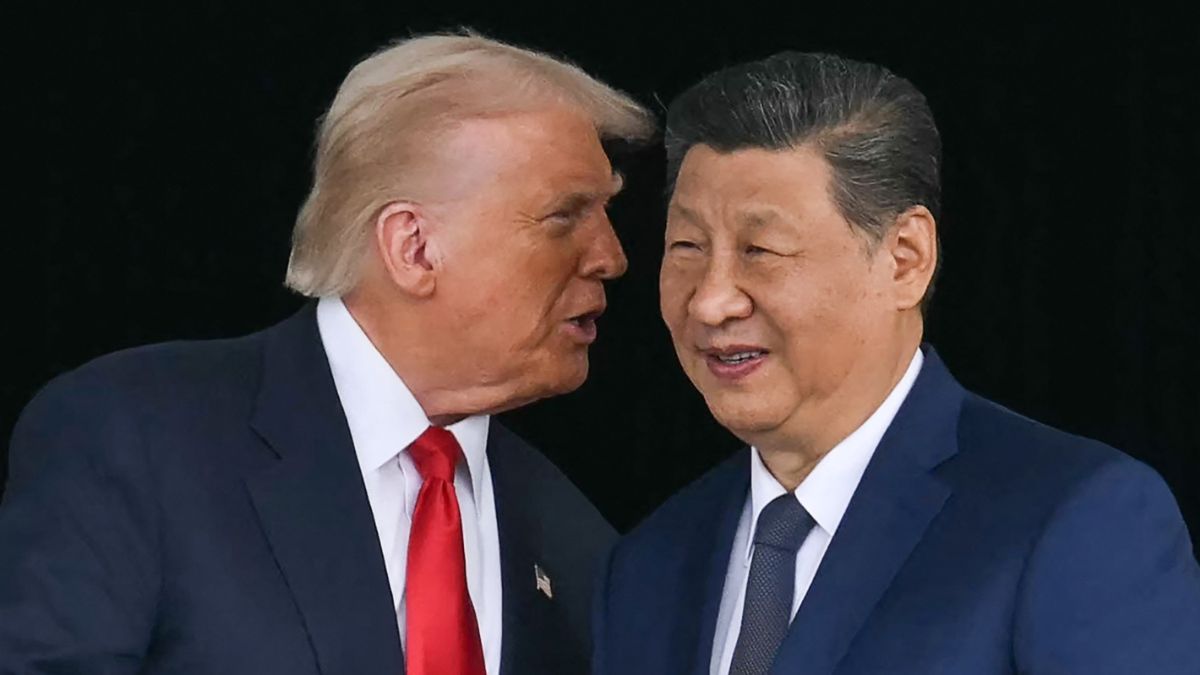)
)
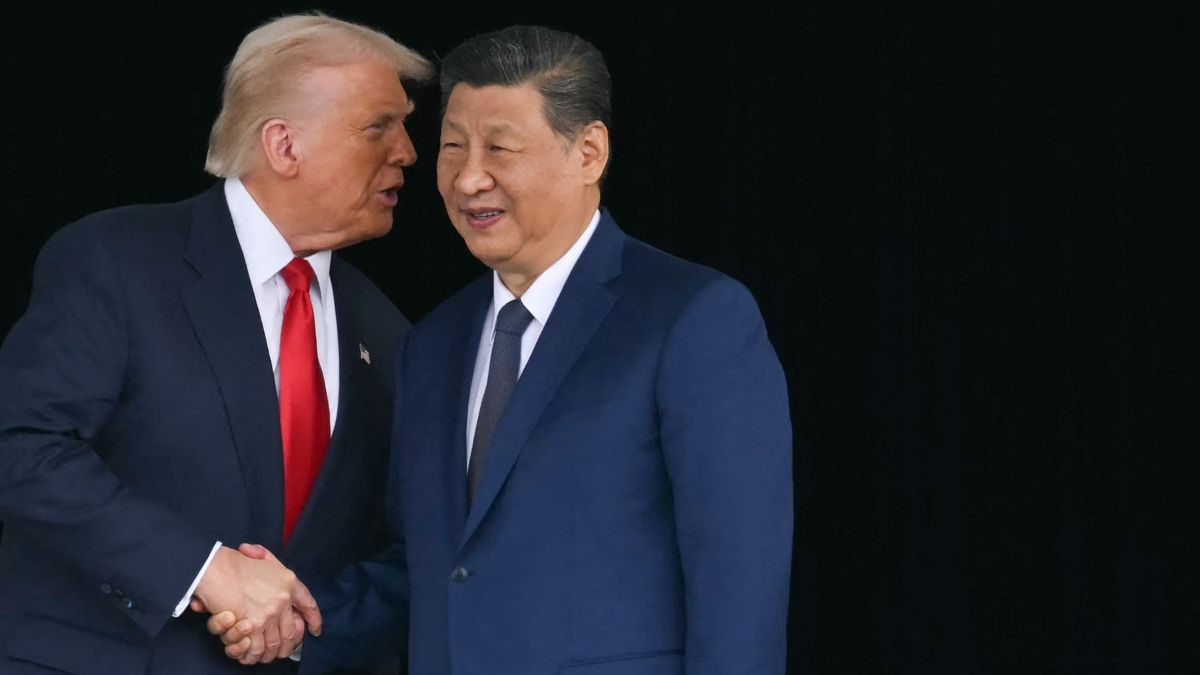)
)
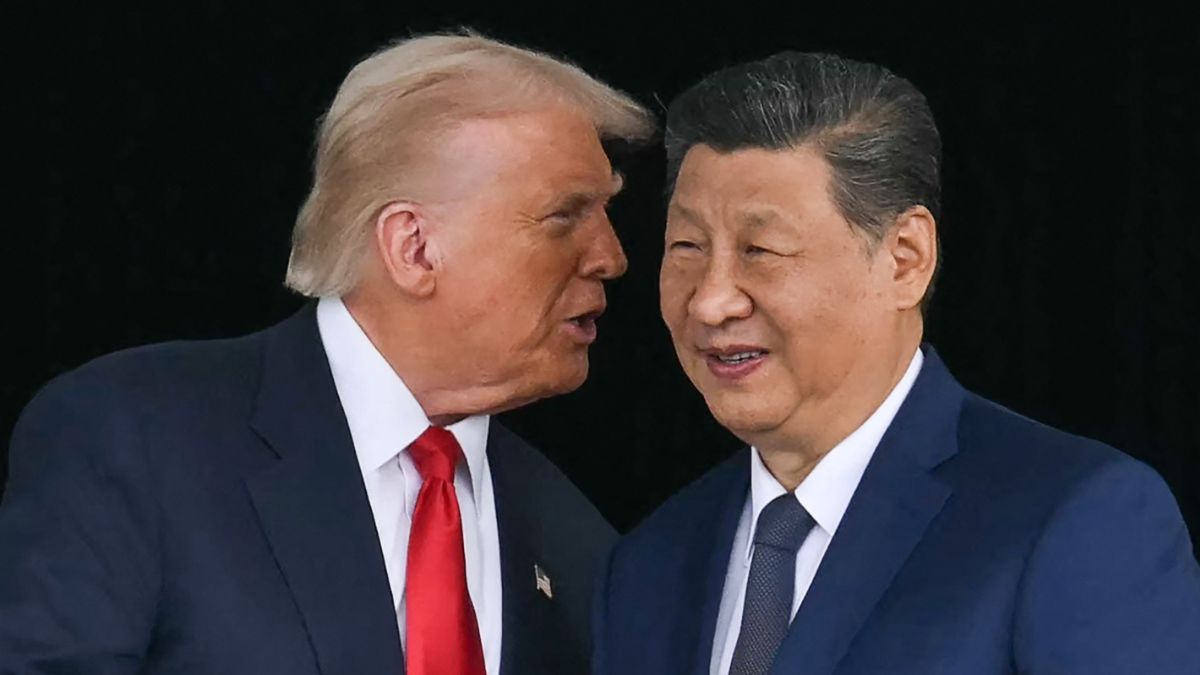)



